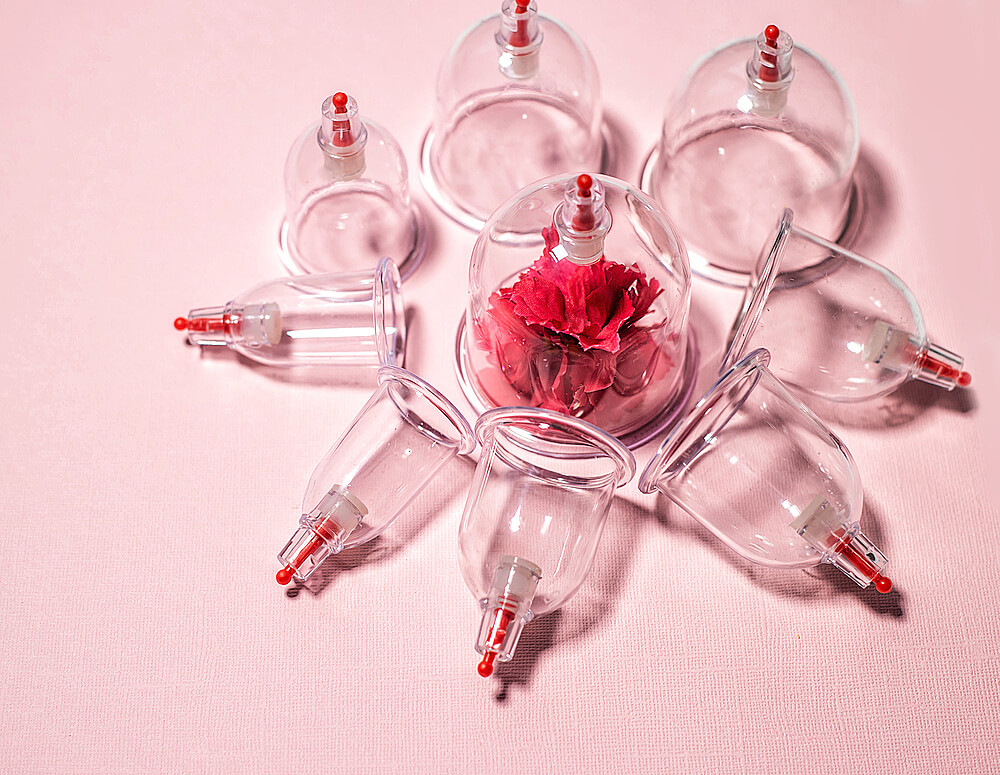How do cupping therapy works?

Cupping therapy is an old technique used for long time and in diverse cultures, with patients’ improvements from pain and other conditions. Multiple researches were conducted to understand how cupping therapy works, and a lot of researches are yet needed for full understanding of cupping therapy mechanism of action. There is multiple hypothesis that tried to propose a mechanism of action of cupping therapy.
A) Pain-gate theory
in this theory, cupping therapy can decrease the pain intensity and perception by affecting the pain pathway which starts from the area of pain perception at the skin, and to the brain.
B) Diffuse noxious inhibitory control (DNICS)
It is also known as conditioned pain modulation, which is a pain modulatory pathway. When one painful stimulus can inhibit or decrease the feeling of another painful stimuli. In this proposed mechanism of action, the cupping therapy causes counter-irritation, thus these stimuli can decrease the perception of the chronic pain. This means cupping pain can mask the original pain of the patient.
C) Reflex-zone theory
There are areas in the body that is related to specific regions or organs in the body. applying pressure to these areas is suggested to cause relief of pain in this specific region.
D) Release of nitric-oxide theory
Nitric oxide is a gaseous molecule that causes vasodilatation and improves the area blood flow. Nitric oxide can regulate blood pressure and aids the human body’s immune functions. Cupping therapy can increase the production of nitric oxide through stimulating the endothelial cells of the skin. In a study by Tagil et al., they founded a higher levels of nitric oxide in the extracted cupping blood in comparison to nitric oxide levels in venous blood.
According to Moncada et al., nitric oxide which originates from endothelial cells after cupping therapy causes multiple effects:
-
- Decrease vascular resistance
- Decrease blood pressure
- Decrease platelets adhesions
- Decrease smooth muscle proliferation
All these changes can decrease and even prevent the formation of atherosclerosis.
E) Immune system activation theory
Cupping therapy induce the activation of the complement system and the cellular part of immune response. In this case, increasing immunity can protect the body from various diseases. In a study by Sahbaa et al. to assess the immunomodulatory effects of cupping therapy in patients with rheumatoid arthritis. They reported significant decrease in the activity of rheumatoid arthritis and decrease in activity laboratory markers.


